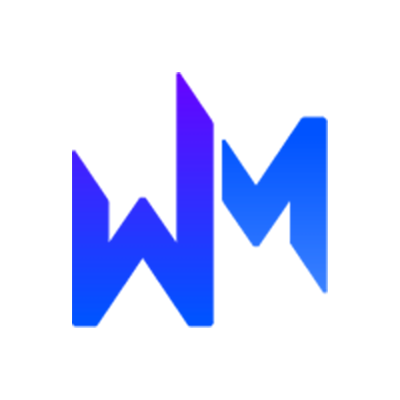Weekend Warrior: Beginner's Guide to QR Code Marketing

 While your own Web enterprise may not have the resources of a Best Buy, Target or Home Depot, there is a highly accessible marketing tool that all three heavyweights and countless other retailers are currently relying upon to expand their audiences and increase customer engagement. It is called QR code marketing, and here's what you need to know to get started.
While your own Web enterprise may not have the resources of a Best Buy, Target or Home Depot, there is a highly accessible marketing tool that all three heavyweights and countless other retailers are currently relying upon to expand their audiences and increase customer engagement. It is called QR code marketing, and here's what you need to know to get started.
What are QR codes?
If you haven't yet utilized one as a marketer or used one as a consumer, you have surely seen one of these two-dimensional black and white barcodes inside a magazine, on a menu or a business card, or on any number of physical goods ranging from cans of dog food to cereal boxes. Short for Quick Response, QR codes were originally popularized in Japan by a local subsidiary of Toyota as a tracking device for the automobile manufacturing industry. The ability for business owners to allow customers instant access to online coupons and other marketing content through the use of scanning applications on their mobile devices has led to the widespread adoption of QR codes in many parts of the world, but the trend has been slower to gain traction in the U.S.
What's the value for marketers?
Right now, the potential is unlimited, which is why top retailers such as the three mentioned above are taking full advantage of this opportunity to instantly connect with their millions of mobile customers. Whether the QR code is placed on a print advertisement, a physical product or distributed through various forms of digital media, the code ensures real-time access for mobile users to the marketing message of a business owner's choice. These messages can include the notification of a time-sensitive offer, the announcement of a new Facebook contest or a YouTube video, an alert for a highly anticipated product just received or an update to a store's revised holiday hours of operation.
How do I create QR codes?
Simply by crafting the message intended for your customers and entering the URL onto one of the many QR code-generating sites, which include Delivr, Kaywa, Qurify, Kerem Erkan, uQR.me, Dynotag, BeQRious and Jump Scan. Best practices include making your QR codes big enough for users to see and properly utilize - meaning a bare minimum of 1-inch by 1-inch; knowing the preferred channels for reaching your target audience, and making sure to test each code's functionality before launching a widescale distribution.
How do my customers use them?
To successfully read your messages, recipients will need to enlist the use of a QR code scanning application on their mobile devices, of which some of the leaders include Qrafter, I-Nigma, Optiscan, QuickMark, QR app and ScanLife. These apps range in price from free to a couple of dollars apiece, and many of them provide code-generating functionalities as well as serving as readers. Qrafter, by the way, was the first QR code app designed for the iPad as well as the iPhone, having been updated earlier this month.
Am I forgetting anything?
One of the most important keys to success in QR code marketing is sending your customers to a mobile-friendly site through the link provided in the barcode. Knowing that users will be accessing the codes primarily through their smartphones and to a lesser degree through other mobile devices such as tablets, to link them to a standard website that challenges their mobile capabilities would be futile if not downright damaging to your business and brand. Once you have conceived a smart strategy for an offer or promotion with the use of QR codes and created the codes themselves, ensure that you are sending your customers to the most effective landing page for closing the deal.

Subscribe to Our Newsletter!
Latest in Marketing








